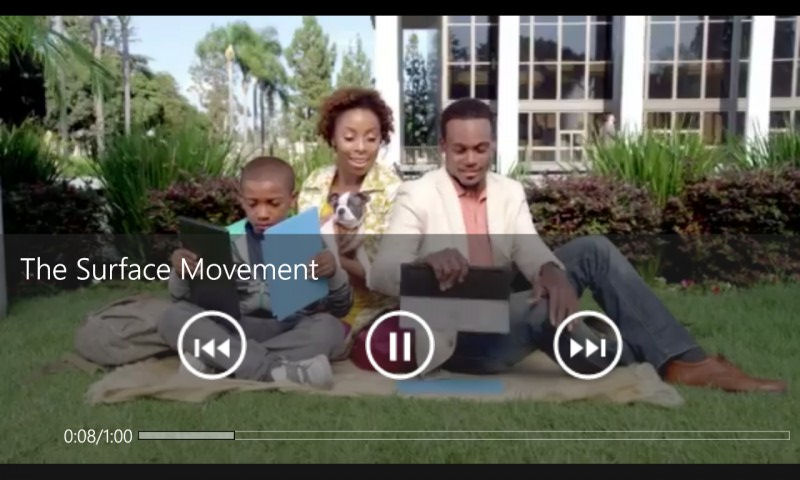The web shortcut based implementation of Microsoft's YouTube app is perfectly usable, but lacks the convenience of a fully featured client version (e.g. no automatic account log-in, no notifications, less attractive browsing). Opening the app directly will take you to m.youtube.com website, and the app will also intercept YouTube links in the browsers, emails, and other messages.

From the Windows Phone Store description:
Can't wait to see the latest videos posted by your friends? Use this app to play YouTube videos by tapping video links in your email and MMS messages, websites, and apps like Facebook. Tap the YouTube app icon to open YouTube in the browser, where you can sign in and browse millions of videos, including favorites and playlists. This app integrates with the Music & Videos hub so you can get to your most-recently played videos and launch YouTube from the hub.
The YouTube app can be downloaded from the Windows Phone Store for free.
As we noted in an earlier story, there's plenty of blame to go around in this situation, but it's ultimately the consumers that suffer:
Each company will have advocates on either side of the argument, but in this round Microsoft is likely to gain more sympathy in the court of public opinion as Google does appear to be the one laying roadblocks. However, while public opinion may drive public perceptions, it does not change the legal situation, nor the fact that Microsoft continues to be in breach of the terms and conditions for usage of the YouTube API.
The reality is that the disagreement is not really about the technicalities of implementing YouTube on Windows Phone, but rather a minor skirmish in a wider battle of ecosystems between the two companies. As we concluded in our original coverage this battle is driven primarily by commercial considerations.
Google's lack of enthusiasm for supporting Microsoft's platform is likely, at least in part, to stem from the direct competition between the two firms. Nonetheless the reality is, whatever either side may say, that support in either direction will largely be driven by commercial considerations, and not by what is in the best interests of consumers.
In the meantime, if you want a good YouTube experience on Windows Phone then download a third party app such as MetroTube or PrimeTube.
